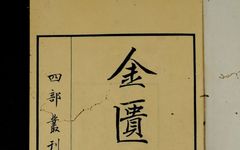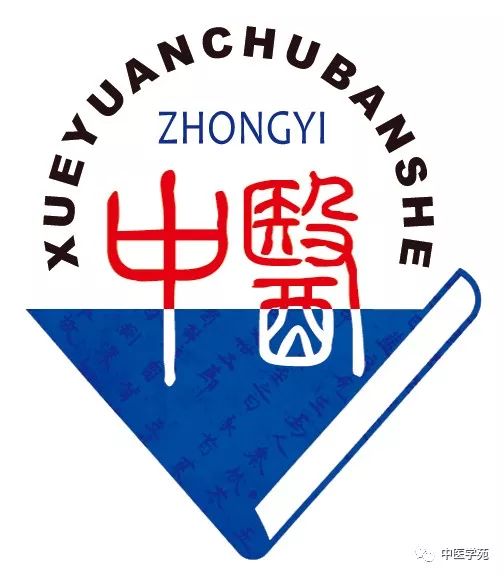
Chinese Medicine Academy
xyzych1988

This article is excerpted from the “Lecture on the Essentials of the Golden Cabinet”. For more details, click the “Read the original text” at the bottom left of the article.
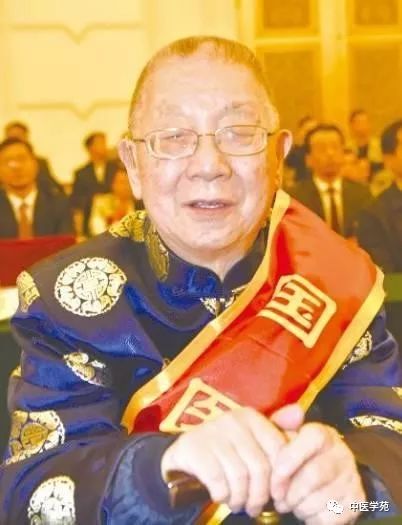
Master of Traditional Chinese Medicine Li Jinyong
How to Study the ‘Essentials of the Golden Cabinet’
This book summarizes the rich clinical experiences before the Han dynasty, providing some basic principles for syndrome differentiation and treatment, as well as the compatibility of herbs and formulas. It established methods for differentiating the organs and qi-blood syndromes. Therefore, for the past seventeen hundred years, it has guided clinical practice in Traditional Chinese Medicine (TCM) and is a valuable classic for treating internal, external, and gynecological diseases. Thus, it is a must-read for those learning and researching TCM. However, its ancient text is concise and profound, so understanding its reading method is essential to grasp the original meaning of the text.
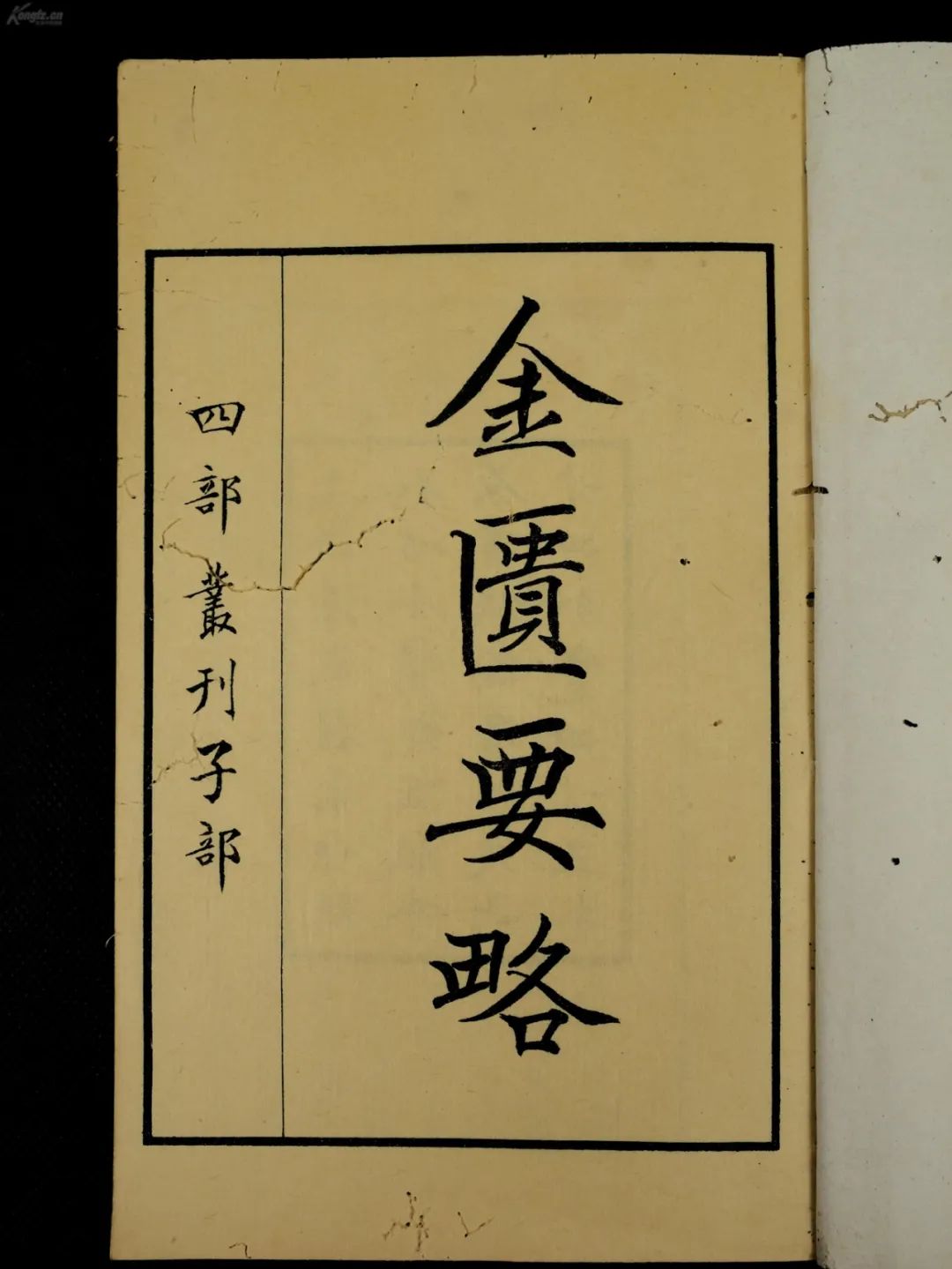
1. Focus on the main spirit of the text, rather than getting bogged down by the wording or the literal meaning. The current version of the “Essentials of the Golden Cabinet” was discovered by the Song dynasty Hanlin scholar Wang Zhu in the library, and it contains many errors and omissions. For example, in the section on “The Symptoms and Treatment of Wind-Cold Accumulation Disease of the Five Organs”, each organ has symptoms of wind and cold, but the spleen only lists wind without cold, while the kidney does not list either. Additionally, in the section on “Convulsions and Damp-Heat Disease Symptoms and Treatment”, there are errors in the seventh and eighth items. Furthermore, the ancient language of the Han dynasty is archaic, and the writing style is old. When studying, one should grasp the main essence and not get lost in the minutiae that distort the meaning. For instance, the first item of the “Syndromes of the Organ and Meridians” states: “Wind is in the morning, cold is in the evening”; the first item of the “Lily and Yin-Yang Poison Disease Symptoms and Treatment” states: “For lily disease… if there is a headache during urination, it takes sixty days to recover; if there is no headache during urination, it takes forty days to recover; if there is a quick urination but dizziness, it takes twenty days to recover.” The former indicates that heat evil returns to yang, while cold evil returns to yin, and evil qi always harms according to the principle of “things of the same kind harm each other”; the latter indicates that the symptom of headache during urination is severe, thus taking longer to recover, while no headache indicates a lighter condition and quicker recovery, and quick urination with dizziness indicates an even lighter condition and faster recovery. One must not mechanically interpret the former as wind evil only harming in the morning and not in the afternoon, or cold evil only harming in the afternoon and not in the morning. Similarly, one must not mechanically interpret the latter as the different symptoms of lily disease strictly adhering to the recovery times of “sixty days”, “forty days”, and “twenty days”. If one interprets it this way, it will not align with clinical realities. For example, in the section on “Blood Bi and Deficiency Labor Disease Symptoms and Treatment”, it states: “For a healthy man, a large pulse indicates labor, and extreme deficiency also indicates labor.” This means that even if a person shows no symptoms, if the pulse is already “large” or “extremely deficient”, it indicates the gradual onset of deficiency labor, with internal damage to essence and qi, leading to deficiency labor disease. The term “man” refers to disease caused by sexual labor harming the kidney, not that this disease only affects men and not women; the term “healthy man” refers to the pulse being ill while the body is not, which is different from the meaning of “healthy person” in the “Plain Questions: Discussion on Healthy People”. Otherwise, how can one explain the “large” or “extremely deficient” pulse?
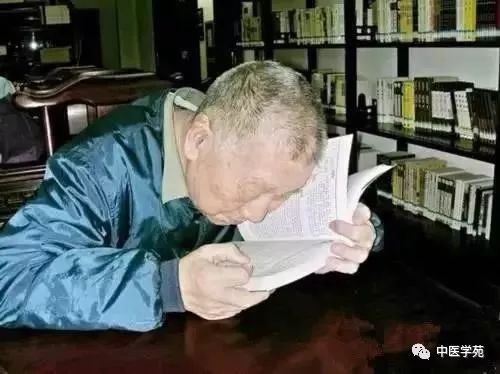
2. Refer to medical writings from the Han dynasty and nearby eras, such as the “Huangdi Neijing” (Yellow Emperor’s Inner Canon), “Nanjing” (Classic of Difficult Issues), “Shennong Bencao Jing” (Shennong’s Classic of Materia Medica), “Shanghan Lun” (Treatise on Cold Damage), “Jinkui Yuhan Jing” (Golden Cabinet and Jade Box Classic), “Zhenjiu Jia Yi Jing” (Classic of Acupuncture and Moxibustion), “Mai Jing” (Classic of Pulsology), “Zhouhou Beiji Fang” (Emergency Prescriptions for Emergencies), “Zhubing Yuanhou Lun” (Treatise on the Origins and Symptoms of Various Diseases), “Beiji Qianjin Yaofang” (Emergency Prescriptions Worth a Thousand Gold), “Qianjin Yifang” (Supplementary Prescriptions Worth a Thousand Gold), and “Wai Tai Mi Yao” (Secret Essentials of the Outer Chamber), to aid in learning. This serves two purposes: first, the time of these writings is not far from the compilation of the “Essentials of the Golden Cabinet”, so their language and academic thoughts are relatively similar, facilitating a more accurate understanding of the original meaning of the “Essentials of the Golden Cabinet”; second, they contain certain contents of the “Essentials of the Golden Cabinet”, which can correct some textual errors in the “Essentials of the Golden Cabinet”, revealing its original appearance for easier study. Regarding the former, for example, in the section on “Jaundice Disease Symptoms and Treatment”, it states: “For jaundice disease, Yinchensu and Wuling Powder are the main treatments.” The text only mentions “jaundice disease” without specific symptoms, yet Yinchensu and Wuling Powder cannot treat all jaundice diseases. This requires examining the text in the “Plain Questions: Discussion on Healthy People”: “If the urine is yellow and red, it indicates jaundice”; “If the eyes are yellow, it is called jaundice” to understand that this section on jaundice disease includes symptoms such as “yellow eyes”, “yellow and red urine”, and “resting comfortably”; another example is in the section on “Abdominal Fullness, Cold Hernia, and Food Stagnation Disease Symptoms and Treatment”: “If a person has food stagnation, how can it be differentiated? The teacher said: The pulse at the cun position is floating and large, pressing it feels rough, and the pulse at the chi position is also slightly rough, thus indicating food stagnation, and Dachengqi Decoction is the main treatment.” This section only describes the pulse without listing symptoms, and if one only looks at the pulse description of “floating and large at the cun position, rough when pressed, and slightly rough at the chi position”, it is impossible to know about food stagnation or hastily prescribe “Dachengqi Decoction”. Of course, one can infer from the text that it includes symptoms of “abdominal fullness” or “pain around the navel” described in the previous diseases, and if one refers to the text in the “Shanghan Lun: Differentiating Yangming Disease Symptoms and Treatment” which states: “… if there is restlessness, abdominal fullness and pain, this indicates dry stool. This is because there is food stagnation, and Dachengqi Decoction is appropriate,” it becomes clearer and more practical; another example is in the section on “Lung Wasting, Lung Abscess, Cough, and Shortness of Breath Disease Symptoms and Treatment”: “If there is cough and the pulse is floating, then the main treatment is Houpo Mahuang Decoction; if the pulse is sinking, then the main treatment is Zexie Decoction.” If one only relies on “cough and floating pulse” or “sinking pulse”, it is impossible to apply Houpo Mahuang Decoction or Zexie Decoction. This is more detailed in the “Beiji Qianjin Yaofang” and “Mai Jing”. In the “Beiji Qianjin Yaofang: Volume 18: Fifth”, it states: “If there is cough and great reverse shortness of breath, chest fullness, and the throat is not smooth, like the sound of a water chicken, if the pulse is floating, then the main treatment is Houpo Mahuang Decoction”; “If there is shortness of breath, and the pulse is sinking, then the main treatment is Zexie Decoction”. In the “Mai Jing: Volume 2: Third”, it states: “If the cun pulse is sinking, and there is pain in the chest and ribs, and there is water qi in the chest, it is appropriate to take Zexie Decoction.” Regarding the latter, for example, in the section on “Water Qi Disease Symptoms and Treatment”: “… if there is cough and shortness of breath without thirst, this indicates spleen swelling, and sweating will cure it.” Since it is “spleen swelling”, why does the symptom appear as “cough and shortness of breath” and “it appears swollen” while in treatment “sweating will cure it”? The “Lingshu: Meridians” states: “The lung hand Taiyin pulse, if it moves, will cause lung swelling and fullness, leading to cough and shortness of breath”; in the section on “Lung Wasting, Lung Abscess, Cough, and Shortness of Breath Disease Symptoms and Treatment”: “If there is shortness of breath and restlessness, this indicates lung swelling, and if one wants to treat wind water, sweating will cure it,” indicating that the so-called “spleen swelling” is a misinterpretation of “lung swelling”; another example is in the section on “Convulsions and Damp-Heat Disease Symptoms and Treatment”: “If there is wind-dampness, the pulse is floating, the body is heavy, sweating occurs, and there is aversion to wind, then Fangji Huangqi Decoction is the main treatment. The formula for Fangji Huangqi Decoction: Fangji 1 liang, Huangqi 1 liang and 1 fen, Gan Cao 0.5 liang (roasted), Bai Zhu 7 qian and 5 fen, chop into pieces, take 5 qian per dose, with 4 slices of ginger, and 1 jujube, with half a cup of water, decoct for 8 minutes, remove the dregs and take warm, and after a long time, take again. If there is shortness of breath, add Mahuang 0.5 liang; if the stomach is not harmonized, add Shaoyao 3 fen; if there is qi rising, add Guizhi 3 fen; if there is internal cold, add Xixin 3 fen. After taking, it should feel like insects crawling under the skin, from the waist down like ice, and then sit under a blanket, and wrap the waist with another blanket, warm it to induce slight sweating.” Why does the decoction method and dosage differ from other formulas in the “Essentials of the Golden Cabinet”? The “Beiji Qianjin Yaofang” Volume 8 states: “To treat wind-dampness with a floating pulse, heavy body, sweating, and aversion to wind, the formula is: Han Fangji 4 liang, Gan Cao 2 liang, Huangqi 5 liang, 3 liang each of ginger and Bai Zhu, and 12 jujubes. Mix these six ingredients, boil with 6 liters of water to obtain 3 liters, divide into three doses, and after taking, sit under a blanket, wanting to feel like insects crawling under the skin, and lie down to induce sweating.” This indicates that the decoction method and dosage have been modified by later generations, rather than being the original formula from the “Essentials of the Golden Cabinet”. Additionally, some contents in the “Essentials of the Golden Cabinet” require knowledge of philology for correct understanding. For example, in the section on “Wind-Cold Accumulation Disease Symptoms and Treatment”: “If yin qi declines, it leads to mania; if yang qi declines, it leads to madness.” If one interprets the character “decline” in the modern sense as “deficiency”, it cannot be understood correctly. It must be interpreted based on the meaning of “decline” in the “Shuowen Jiezi: Clothing Section”, which refers to “overlapping”, thus aligning with the meaning in the “Nanjing: Twelve Difficult Issues” that “overlapping yang leads to madness, overlapping yin leads to mania”.
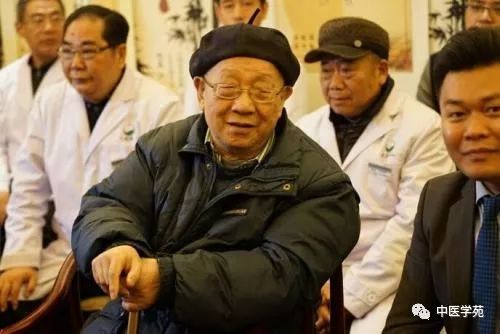
3. Read the preceding and following texts coherently. As mentioned earlier, the articles in the “Essentials of the Golden Cabinet” often employ a concise writing style. In addition to finding the connections between the above content and the formulas, and finding diseases from the symptoms and formulas, one must also read the preceding and following texts together to fully grasp the content and understand it better. For example, in the section on “Convulsions and Damp-Heat Disease Symptoms and Treatment”: “For Taiyang disease, if there is fever without sweating, and aversion to cold, it is called rigid convulsion”; “For Taiyang disease, if there is fever with sweating, and no aversion to cold, it is called soft convulsion”. These must be connected to the section stating: “If the patient has heat in the body and cold in the feet, stiff neck, aversion to cold, occasional head heat, red face, red eyes, and the mouth is tightly closed, it indicates convulsion disease”; otherwise, the former would be classified as “cold damage”, and the latter as “wind stroke”, and one would not be able to distinguish it as “convulsion disease”; another example is in the section on “Phlegm-Damp Cough Disease Symptoms and Treatment”: “If the pulse is sinking and string-like, it indicates internal pain from suspended fluid”; “If the disease is suspended fluid, then the main treatment is Shizao Decoction”. One must connect this with the section stating: “After drinking, if water flows under the ribs, cough and spit pain, it is called suspended fluid” to better determine the specific indications for “Shizao Decoction”; the six segments of the small Qinglong Decoction modifications also need to be read closely together. 4. Compare the preceding and following texts and diseases. In the “Essentials of the Golden Cabinet”, as in other TCM texts, each disease has its own characteristics, and each development process of various diseases also has its own characteristics. However, many diseases and their development processes are interrelated and have similar symptoms. This must be based on their respective characteristics to distinguish them from other diseases or other processes of the same disease. Therefore, when studying, one must compare the preceding and following texts and diseases to derive the similarities and differences, thus mastering the principles of syndrome differentiation and treatment. For example, in the section on “Chest Bi, Heart Pain, and Shortness of Breath Disease Symptoms and Treatment”: “For chest bi disease, if there is wheezing, coughing, and spitting, chest and back pain, and shortness of breath, the cun pulse is sinking and slow, and the guan pulse is tight and rapid, then Guo Lou and Xiebai Baijiu Decoction is the main treatment. The formula for Guo Lou and Xiebai Baijiu Decoction: One Guo Lou fruit, half a jin of Xiebai, and seven sheng of Baijiu. Mix these three ingredients and boil to obtain two sheng, and take warm again.” “If there is chest bi and inability to lie down, and heart pain penetrating to the back, then Guo Lou and Xiebai Banxia Decoction is the main treatment. The formula for Guo Lou and Xiebai Banxia Decoction: One Guo Lou fruit, three liang of Xiebai, half a sheng of Banxia, and one dou of Baijiu. Mix these four ingredients and boil to obtain four sheng, and take one sheng warm, three times a day.” The former is the main symptom and formula for chest bi disease, while the latter adds the symptom of “inability to lie down”, indicating phlegm-qi obstruction, thus Guo Lou and Xiebai Banxia Decoction is a modification of Guo Lou and Xiebai Baijiu Decoction, adding “Banxia” to transform phlegm; another example is in the section on “Convulsions and Damp-Heat Disease Symptoms and Treatment”: the first and second items are both based on the symptoms of the first half of the seventh item, one being without sweating leading to rigid convulsion, treated with Gegen Decoction, and the other being with sweating leading to soft convulsion, treated with Guo Lou and Guizhi Decoction; another example is the “Phlegm-Damp Disease” and “Water Qi Disease”, the former is water accumulating in the body’s cavities, while the latter is water seeping into the skin, yet both are caused by dampness, and clinically they often influence each other.
Master of Traditional Chinese Medicine Li Jinyong: Lecture on the Essentials of the Golden Cabinet
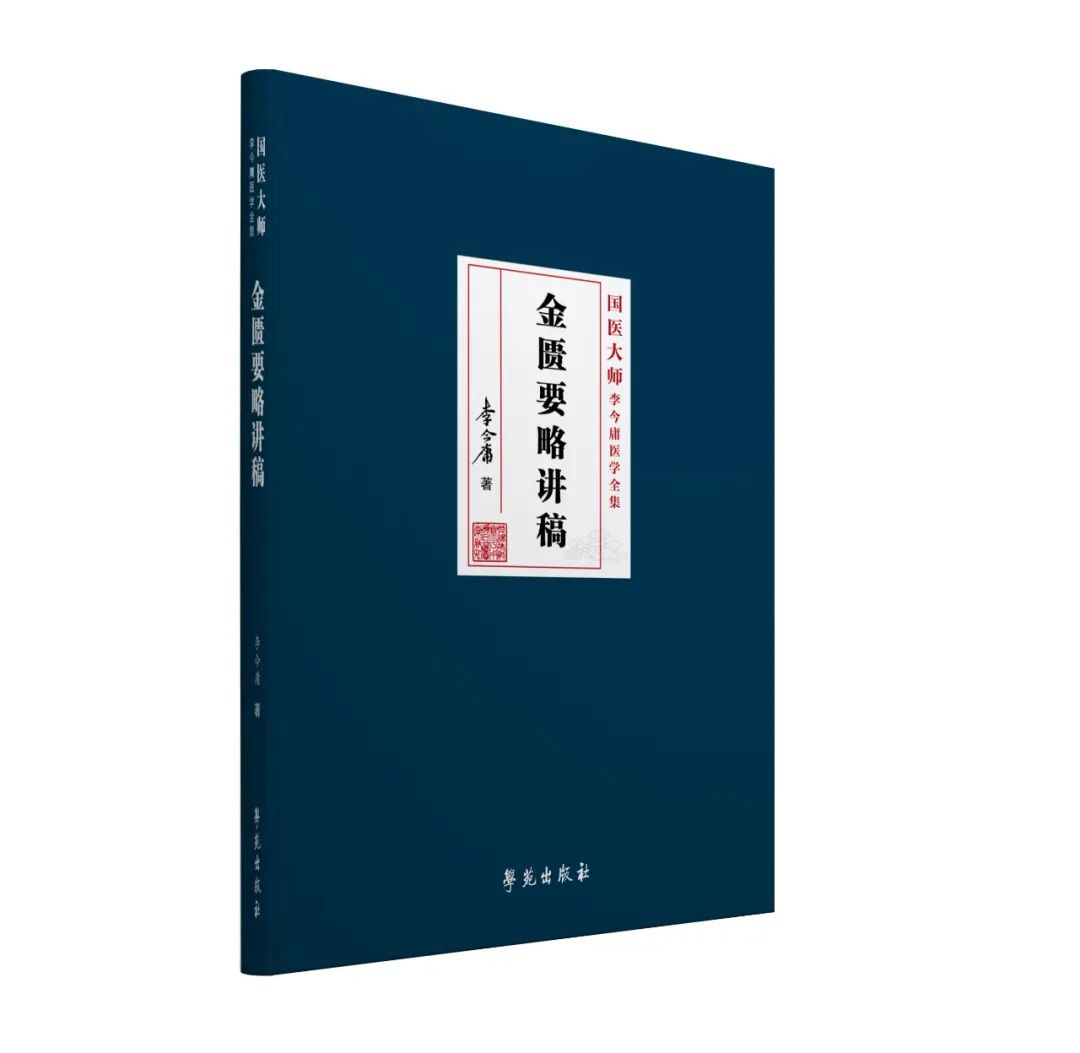
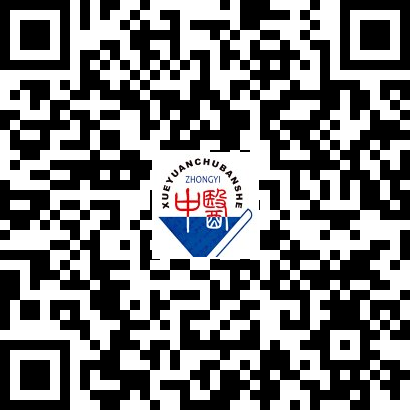
Master of Traditional Chinese Medicine Li Jinyong
Lecture on the Essentials of the Golden Cabinet
Written by Li Jinyong
Xueyuan Publishing House
Chinese Medicine Academy Book Club

Long press to recognize the QR code to join the Chinese Medicine Academy Book Club
Here you will find books, friends, TCM, and patients.

